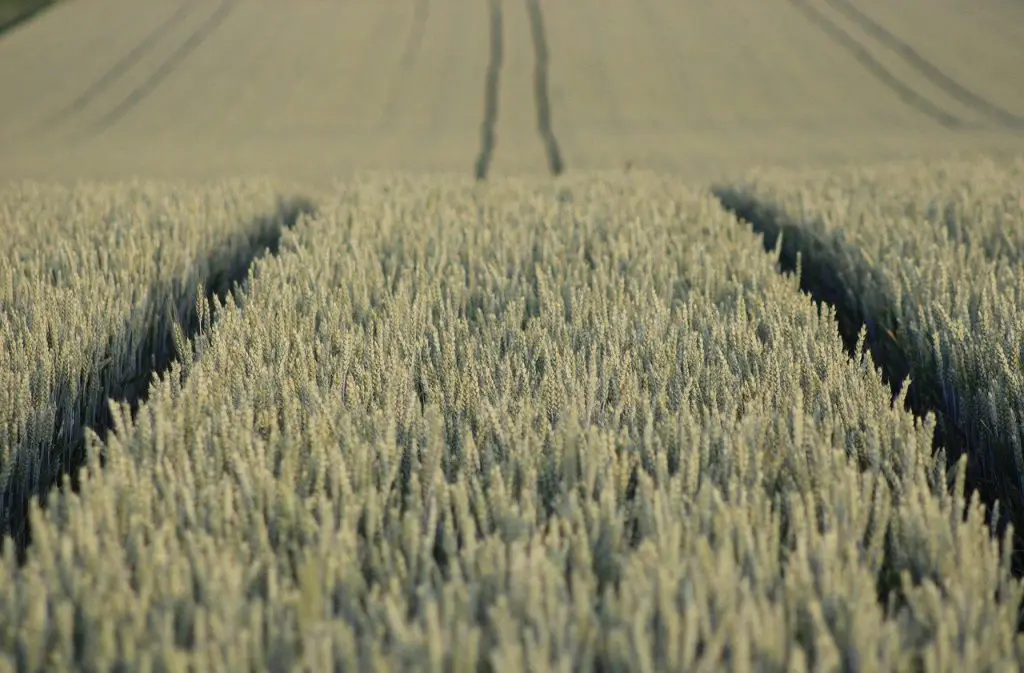
The Future of Field Vegetable Production in Ireland: Challenges and the Path Ahead Field vegetable production in Ireland is undergoing significant change. According to Bord Bia, a lack of succession among growers is leading to increased consolidation in the sector. Despite being one of the largest horticultural markets in the country, the field vegetable industry […]
Field vegetable production in Ireland is undergoing significant change. According to Bord Bia, a lack of succession among growers is leading to increased consolidation in the sector. Despite being one of the largest horticultural markets in the country, the field vegetable industry faces mounting pressure from production costs, competition from imports, labour shortages, and extreme weather events.
This article explores the key challenges and opportunities facing field vegetable production in Ireland today.
The key challenges in Irish Field Vegetable Production includes succession, consolidation, cost disadvantages, lack of scale, and climate impacts.
Bord Bia has identified a lack of new entrants to the field vegetable sector, which is contributing to farm consolidation. As older growers retire without successors, production is increasingly concentrated in fewer, larger operations. This presents concerns for diversity, resilience, and the long-term viability of the sector.
Currently, 84 field vegetable growers are listed on the Sustainable Horticulture Assurance Scheme (excluding potato and protected crop growers), which enables participants to use the Bord Bia Quality Mark to promote locally-grown produce.
Irish growers are facing higher costs of production relative to imported produce. Factors contributing to this include:
Elevated energy costs
Rising labour expenses
Increased input prices for fertiliser and raw materials
These costs limit the competitiveness of domestic vegetables and make Irish growers more vulnerable in the marketplace.
Compared to larger-scale operations in other countries, Irish field vegetable production often lacks scale. According to Teagasc, investment will be required to reduce reliance on manual labour and increase resilience against climate impacts. However, such investment is only viable if matched by a positive market response and appropriate policy supports.
The sector has been heavily affected by climate-related events, particularly during the 2024 growing season and in early 2025, when storms caused severe damage. These incidents underline the vulnerability of Irish horticulture to weather extremes and the growing need for adaptation measures.
The Irish government, through the Programme for Government, has committed to attracting more people into horticulture. A key step has been a review of the horticulture curriculum, commissioned by the Department of Agriculture, Food and the Marine. The resulting Horticulture Education Review Report, launched in May 2025, made five key recommendations to modernise horticultural education and attract new talent.
According to Minister of State Michael Healy-Rae, the next step is to appoint a chair for the Horticulture Education Leadership Group to oversee implementation.
The Irish Farmers’ Association (IFA) has proposed a targeted land tax exemption for landowners who lease land to horticultural growers for a minimum of two years. The goal is to mobilise more land for field vegetables and other high-value crops, such as soft fruit. Access to land remains a significant barrier to expanding the sector, as outlined in Ireland’s National Strategy for Horticulture 2023–2027.
Bord Bia supports Irish horticultural companies through its Marketing Assistance Programme, which funds:
Trade shows and promotional events
Advertising and packaging design
Export development, including market research
These initiatives are aimed at promoting Irish-grown produce, especially locally-produced, fresh, and in-season fruits and vegetables.
The Irish horticulture sector, valued at €521 million at farm gate level, is the fourth largest in Irish agriculture, after dairy, beef, and pigs. To remain viable, the sector must balance:
Economic sustainability through market competitiveness
Environmental sustainability through climate adaptation
Social sustainability by attracting and training new growers
Future success will depend on effective education pathways, investment in innovation, and policy support for land access and fair market returns.
One overlooked opportunity is the integration of renewable energy sources, such as solar panels and biomass systems, into horticultural operations. Supporting growers in reducing reliance on fossil fuels for heating, irrigation, and storage infrastructure would lower both operational costs and emissions. A targeted grant scheme could accelerate adoption of on-farm renewable technologies.
The future of Ireland’s field vegetable production hinges on addressing structural challenges such as succession, cost competitiveness, and land access. As consolidation continues, strategic investment, education, and supportive policy frameworks will be key to ensuring the sector not only survives but thrives in the years ahead.
By taking a coordinated approach that values Irish-grown food, supports new entrants, and responds to environmental pressures, Ireland can secure a vibrant, resilient, and sustainable horticulture sector for future generations.
At All-Ireland Sustainability, we’re committed to building a greener, fairer island, together. Stay informed on the latest environmental initiatives, community action, and policy developments shaping sustainability across Ireland, North and South.
👉 Sign up for our newsletter today and be the first to hear about upcoming events, expert insights, and ways to get involved.
Whether you’re a seasoned advocate or just starting your journey, new members are always welcome.
Subscribe now and be part of the All-Ireland Sustainability network.